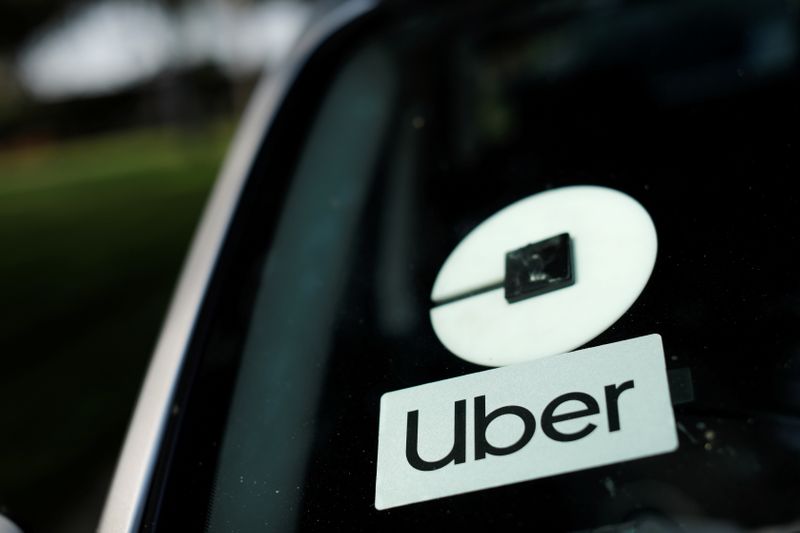Red lanterns are hung up on the street in Wan Chai, Hong Kong. (Photo by Zhang Wei/China News Service via Getty Images)
China News Service | China News Service | Getty Images
Hong Kong’s benchmark index soared 26.6% in November – the Hang Seng index’s highest monthly gain since October 1998, or near the end of the Asian financial crisis 24 years ago.
But the index still sits in bear market territory, which is defined as down 20% from a recent high, standing at a loss of 20.45% loss year-to-date as of Dec. 2.
Hong Kong’s economy, including its stock market, has been battered by Beijing’s prolonged zero-Covid policy that has shut out travelers from mainland China and dampened consumer confidence. Shares listed in Hong Kong have whipsawed between sell-offs and rallies within a single trading day on unconfirmed rumors that hinted at a shift in China’s policies.
The volatility in the Hong Kong stock market, however, dates back even further than this year. Strategists at Goldman Sachs said from February 2021 to October 2022, the Hang Seng index saw a “systemic correction,” which the firm defines as a fall of 40% or more.
This is the most significant market sell-off since the dislocation during the Global Financial Crisis
Kinger Lau, Si Fu
Goldman Sachs China equity strategists
During that period, the HSI plunged 53% from peak-to-trough, Goldman strategists noted.
“This is the most significant market sell-off since the dislocation during the Global Financial Crisis, also putting the drawdown into the Systemic category per our classification,” the firm’s China equity strategists Kinger Lau and Si Fu told CNBC in an email.
The team added that it’s “impossible to call the market bottom” for the index, based on its trading patterns, which has shown major volatility in the past two years.
Next key levels
Analysts at Weiss Multi-Strategy Advisers said, “November may, in hindsight, be viewed as a key turning point for Chinese equities,” noting the Hang Seng China Enterprise index and the property sector saw significant gains.
“Property stocks were boosted by relaxed collateral and equity issuance standards, and tech stocks have been strong on earnings and reopening hopes,” the analysts said in a report.
After its November gains, the Hang Seng index hovered around 18,600 – a level of resistance according to market watchers.
“With the 18,600 level of resistance being overcome for the Hang Seng Index, that could seem to place the key psychological 20,000 level on watch,” IG market strategist Yeap Jun Rong said in a Thursday note.
He added the latest messaging from the Chinese government, including health officials encouraging elderly vaccination and broader signs of shifting away from its zero-Covid policies, has lifted the region’s stock market.
“Recent events have been supportive of the worst-is-over stance for Chinese markets,” he said, adding that the events have led to a “much-needed calm” to Chinese equities that continue to push higher on reopening hopes.
The HSI last fell below the 20,000 level in August, and analysts expect to see a continued rebound in the equity market on further signs that the nation will shift away from zero-Covid.
In a previous report, the strategists at Goldman Sachs said they expect to see a 20% rally in the Chinese stock market when the country reopens.
The strategists said the monthly stock performances seen in November support that view.
“These cycle analyses point to a strong prospect that the market could stage a recovery rally sometime in 2023 after a very challenging performance in the past 2 years,” they said in an email to CNBC.
“The reopening catalyst could help fuel the cycle shift to a ‘Hope’ phase,” they said, “where equity valuations tend to expand [or] recover despite a still-challenging earnings outlook.”
— CNBC’s Evelyn Cheng contributed to the story















